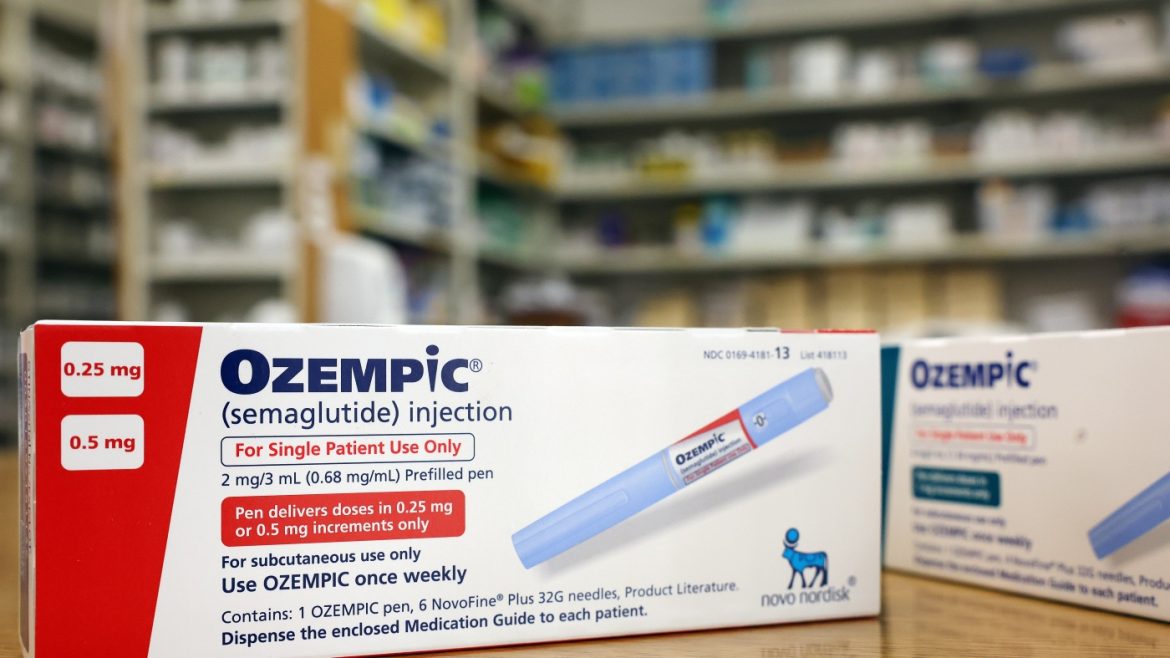Navigating the New Wave of Medicare Drug Price Negotiations
Medicare’s drug price negotiations have emerged as a significant mechanism to alleviate the financial pressure on both the government and Medicare recipients. This process, empowered by the Inflation Reduction Act (IRA) and spearheaded by the Department of Health and Human Services (HHS), is designed to lower the costs of some of the most expensive and widely used prescription medications within Medicare Part D. The latest developments indicate a steady, consequential march forward in this initiative, targeting a new batch of costly drugs and promising substantial savings.
—
The Mechanics and Timeline of Medicare Drug Price Negotiations
Medicare’s authority to negotiate drug prices is a relatively new power, one that did not exist before the IRA took effect. The program began with an initial round targeting 10 high-cost drugs, culminating in negotiation agreements in August 2024. The new, lower prices settled through these negotiations come into effect from January 1, 2026. This initial effort achieved negotiated discounts ranging from 38% to 79% off the list prices, providing significant relief to patients and taxpayers alike.
Building on this momentum, a second round of negotiations is now underway, focusing on 15 additional drugs. These medications were selected for their high expenditure impact, amounting to approximately $41 billion in Medicare Part D spend and used by over 5.3 million beneficiaries. The government has set a deadline for finalizing these negotiations by November 30, 2024, with the resulting reduced prices scheduled to take effect in January 2027.
Further ahead, CMS (Centers for Medicare & Medicaid Services) has indicated plans for a third cycle of negotiations, aiming for early February 2025 to lay down the timeline and details for that phase. This staggered, multi-year approach underscores the complexity and ambition embedded within the overall strategy to control drug pricing in the United States.
—
Impact on Beneficiaries and the Broader Healthcare System
The negotiation initiative is not just about cutting costs—it is about reshaping drug affordability for millions of Medicare beneficiaries. For instance, the first 10 drugs covered by negotiations collectively represent a personal out-of-pocket saving estimated at $1.5 billion annually starting in 2026. This marks a breakthrough in a system historically criticized for allowing unchecked pricing power among pharmaceutical companies.
By focusing on drugs that are both costly and commonly prescribed—like Novo Nordisk’s Ozempic—the government directly targets medications with the greatest financial burden. This strategy aims to produce broad, meaningful impacts rather than superficial cost reductions. Moreover, taxpayer savings are poised to be substantial, with projections estimating up to $100 billion in savings through 2031 from these negotiated Medicare drug prices.
Pharmaceutical companies may initially resist such negotiations, but the agreements from the first cycle demonstrate that meaningful price reductions are achievable through this framework. The extent of the discounts, ranging widely but often being significant, reflects a realistic balance between incentivizing innovation and ensuring accessibility.
—
Challenges and Controversies Surrounding Drug Price Negotiations
While the new Medicare negotiations constitute a pronounced policy shift, they do not come without challenges and debates. Critics voice concerns that price controls could potentially limit patient access to promising new therapies or slow innovation by reducing pharmaceutical companies’ revenue streams. Some analyses suggest that delays in implementing these negotiations would have forced Medicare to select drugs with generally lower costs, thereby yielding smaller overall savings—a situation policymakers aimed to avoid by starting these negotiations promptly.
Additionally, the program’s phased rollout means consumers and providers face a staggered timetable, which might cause confusion or uncertainty regarding coverage and pricing changes year over year. There is also ongoing discourse about extending negotiation authority beyond the current list of drugs to include more medications, especially as the aging population grows and drug expenditures rise.
—
Looking Ahead: The Promise and Potential of Medicare Drug Price Negotiations
Medicare’s drug price negotiation program represents one of the most consequential healthcare policy initiatives in recent years, with the potential to redefine the cost landscape of prescription drugs in America. With the initial negotiations completed and new rounds underway, signs are promising: the government is successfully engaging with manufacturers to cut prices on essential medications, generating billions in taxpayer and patient savings.
The upcoming November 2024 deadline for agreeing on prices of the second batch of 15 drugs will be a critical milestone. It will demonstrate whether the momentum of the first round can be sustained and expanded. The investments CMS is making in negotiating expertise, alongside clear guidelines for the third cycle set for early 2025, reinforce a long-term commitment to this approach.
For Medicare enrollees, these changes mean improved affordability of medications that were previously financially out of reach or imposed significant economic hardship. On a systemic level, these negotiations have the capacity to shift the market dynamics that have long favored list price escalation.
—
Conclusion: A Turning Point in Drug Pricing Policy
The ongoing Medicare drug price negotiations mark a pivotal transformation in America’s approach to pharmaceutical costs. By harnessing the government’s negotiating power to bring down prices on the most expensive and widely used drugs, this program promises tangible relief for millions while safeguarding taxpayer funds. As each negotiation cycle unfolds, the balance between cost savings, patient access, and pharmaceutical innovation will continue to be tested and refined. Eventually, these efforts could serve as a blueprint for broader reforms in drug pricing, shaping a more sustainable, equitable healthcare future.


